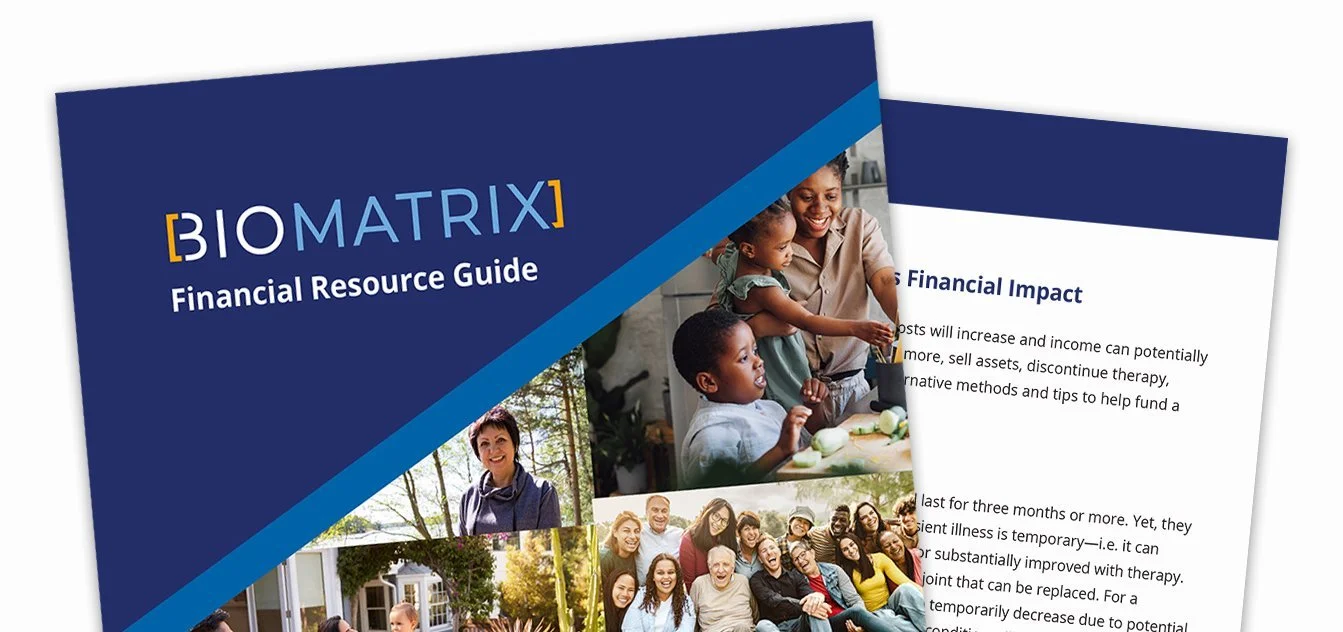Though autoimmune disorders and primary immunodeficiency diseases (PIDD) are both conditions that involve the immune system, they represent very different states of immune function. While autoimmune disorders are characterized by an overactive immune system that attacks the body's own healthy cells, PIDD are marked by an underactive or dysfunctional immune system that leaves the body vulnerable to infections.
Autoimmune disorders occur when the immune system mistakenly identifies the body's own tissues as foreign invaders and mounts an attack against them. This can lead to a wide range of autoimmune diseases, such as type 1 diabetes, rheumatoid arthritis, lupus, and inflammatory bowel diseases. The exact causes of autoimmunity are not fully understood, but they are believed to involve a combination of genetic and environmental factors, including infections, exposure to chemicals or toxins, and chronic stress.
In contrast, PIDD are a group of over 350 rare, genetic disorders that result from defects in the development or function of the immune system. These defects can lead to an increased susceptibility to infections, as well as an increased risk of autoimmune disorders. Some of the most common PIDD include common variable immunodeficiency (CVID), selective IgA deficiency, and severe combined immunodeficiency (SCID).
While autoimmune disorders and PIDD may seem like opposite ends of the spectrum, they can actually be closely linked. In fact, autoimmune manifestations are observed with considerable frequency in patients with certain types of PIDD, particularly those involving primary antibody deficiencies like CVID and selective IgA deficiency. The underlying mechanisms behind this association are complex and not fully understood, but they likely involve a combination of factors, such as impaired B cell differentiation, altered T cell tolerance, and dysregulation of the innate immune system.
Interestingly, the presence of autoimmunity can sometimes be the first sign of an underlying PIDD, and early recognition and treatment of these symptoms is critical for optimizing the patient's quality of life and reducing complications. Maintaining the delicate balance between the immunosuppression needed to control the autoimmune process and the need to avoid further compromising the already weakened immune system in PIDD can be a significant challenge, requiring close collaboration between the patient, their caregivers, and their healthcare providers.
By continuing to explore the underlying mechanisms and genetic factors that link autoimmunity and immunodeficiency, researchers and clinicians can work towards developing more targeted and effective therapies for patients affected by these complex and often intertwined conditions.
How BioMatrix Can Help
We provide specialty infusion pharmacy and support services for patients with autoimmune disorders and primary immunodeficiency diseases (PIDD). Our immunology program includes a full line of specialty medications used to treat immune deficiencies, including Immune Globulin (IG) which has become the standard treatment option in practices throughout the U.S.
BioMatrix helps manage the individual needs of patients requiring IG therapy. Knowledgeable pharmacists and care coordination staff guide each patient through the potential medication side effects and, working with the prescribing physician, help manage treatment to reduce the prevalence and severity of relapses.
As a specialty infusion pharmacy, our clinical teams have extensive training and experience in rare diseases, infusion therapies, and complex medical conditions. Our nursing staff coordinates with pharmacists, healthcare providers, and other caregivers ensuring the best treatment outcomes possible.
Learn more about our individualized specialty pharmacy services for patients with CIDP and other neurological conditions.
Insurance Appeal Letter Sample & Template
Have you been denied insurance coverage for much needed treatment? Use this appeal letter template as a guide to help you or a loved one appeal insurance claim denials.
DISCLAIMER: THIS IS NOT MEDICAL OR LEGAL ADVICE. All information, content, and material is for informational purposes only and is not intended to serve as a substitute for the consultation, diagnosis, and/or medical treatment of a qualified physician or healthcare provider or as legal advice. Please consult a physician or other health care professional for your specific health care and/or medical needs or concerns and never disregard professional medical advice or delay in seeking it because of something you have read here or on our website.
Stay informed on the latest trends in healthcare and specialty pharmacy.
Sign up for our monthly e-newsletter, BioMatrix Abstract.
By giving us your contact information and signing up to receive this content, you'll also be receiving marketing materials by email. You can unsubscribe at any time. We value your privacy. Our mailing list is private and will never be sold or shared with a third party. Review our Privacy Policy here.
References
Rosenblum, M. D., Remedios, K. A., & Abbas, A. K. (2015). Mechanisms of human autoimmunity. The Journal of Clinical Investigation, 125(6), 2228-2233.
Bonilla, F. A., Khan, D. A., Ballas, Z. K., Chinen, J., Frank, M. M., Hsu, J. T., ... & Shearer, W. T. (2015). Practice parameter for the diagnosis and management of primary immunodeficiency. The Journal of Allergy and Clinical Immunology, 136(5), 1186-1205.
Cunningham-Rundles, C. (2008). The many faces of common variable immunodeficiency. Hematology, 2008(1), 1-14.




































